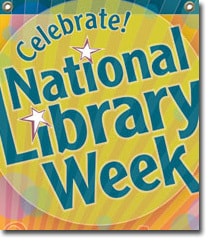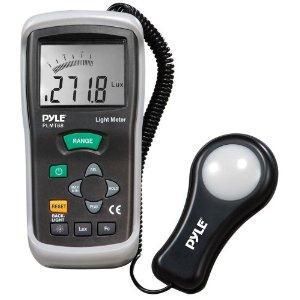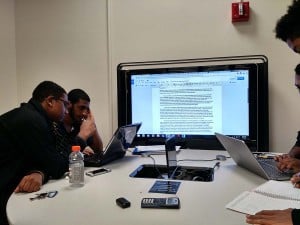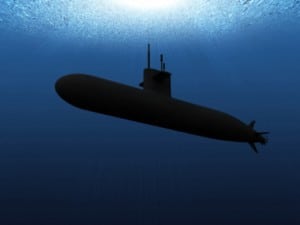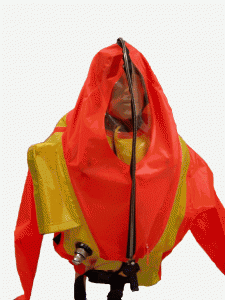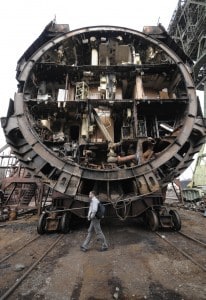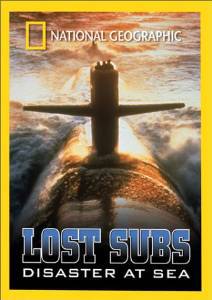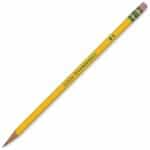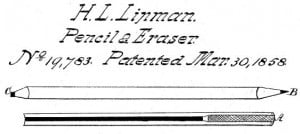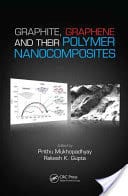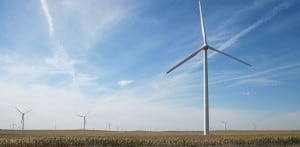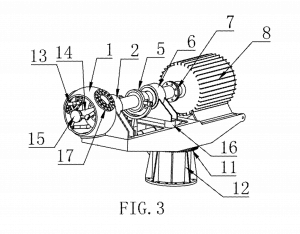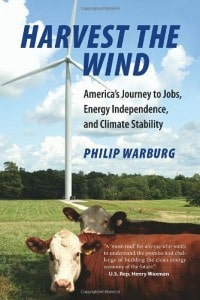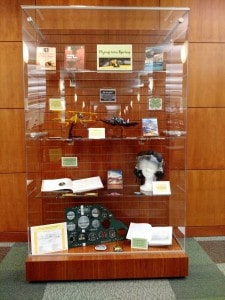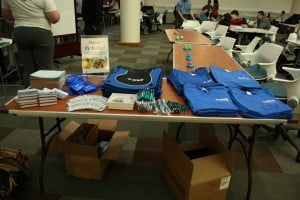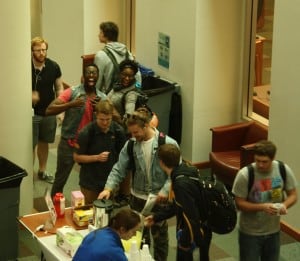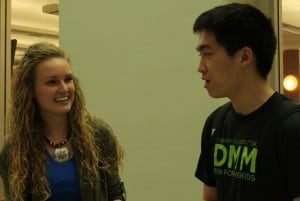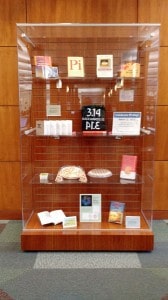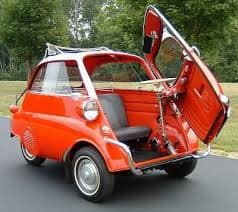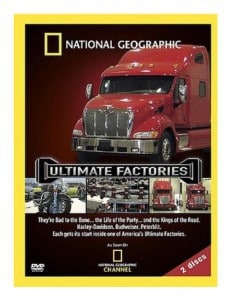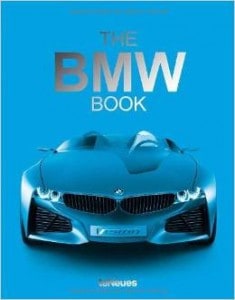Happy Earth Day!
April 22, 1970 was the first Earth Day. Founded by Senator Gaylord Nelson, WI, it brought the environment to the forefront of awareness – on both personal and political levels. It also led to the formation of the Environmental Protection Agency. In 1990, Earth Day went global, with 5,000 environmental groups in 84 countries participating.1
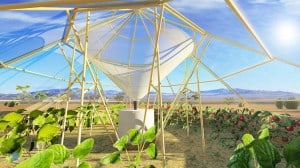
There are more and more creative ways to reuse, recycle, and repurpose our waste products. Many of these solutions are being developed globally. “My Shelter Foundation,” based in the Philippines, uses recycled plastic bottles as solar light bulbs in the project, “Liter of Light.”2 In parts of Ethiopia it doesn’t rain for as much as 6 months in a row, which makes growing food a struggle. “Roots Up,” an organization based in Gondar, north of Ethiopia, has designed a new greenhouse that will use dew to not only water the plants in the greenhouse, but also provide clean drinking water.3
A smog-eating building has been designed to help battle air pollution. Torre de Especialidades, a hospital in Mexico City, is shielded by a façade made with special air-scrubbing tiles. Milan, Italy, is preparing for a world’s fair and the main pavilion is being constructed with photocatalytic concrete with titanium dioxide, which, when hit by sunlight, will break down air pollution. The pavilion also includes a rooftop solar array which will heat the building during the day.4
Wondering what is going on locally this month?
Over the years, Earth Day has evolved into Earth Month, and the University of Iowa Office of Sustainability, along with the UI Environmental Coalition, has scheduled a variety of fun and educational events throughout April. Activities include a Bike Tune Up, Student Garden Open House and a Sustainability Celebration. Visit their website to access the calendar and learn more about the activities. Be sure to like our facebook page and and check our Twitter feed (@UIEngLib) to find out about all the resources we have here for you!

The U.S. Green Building Council (USGBC) has a Leadership in Energy and Environmental Design (LEED) program.The LEED program encourages sustainable building practices, believing better buildings are “…places that complement our environment and enhance our communities…”5 The University of Iowa maintains a minimum LEED Silver Certification standard for all new construction and any major renovations. There are currently eight LEED buildings on campus and four more projects pending.6
All of the Iowa Universities are working to expand energy efficiency. The UI is implementing “Energy Smart Scheduling” over the summer months. The program “…compacts classroom scheduling and consolidates the use of occupied spaces on campus…” Instead of cooling seldom-used buildings for summer classes, classes are relocated to buildings which need to be cooled. This is the second summer for the program at UI. The first year saw savings of $10,000.7
So, what can you do?
Before you till up the weeds to add a garden – look at which weeds are growing and where. Different weeds require different types of soil and studying them can help you know what your soil is like. Some need an acidic or alkaline soil and others thrive in damp, deep and fertile soil. And, when you do pull those weeds, think before tossing them in your compost pile – the temperature of the compost needs to be warm enough to kill the seeds or when you spread that lovely, rich, compost, you’ll be planting new weeds. 8
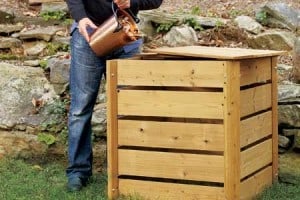
Is disposing of food waste in a garbage disposal more green than putting it in the trash? Generally, a garbage disposal is greener than having food waste end up in a landfill, because a garbage disposal more efficiently turns that waste into energy.9 A disposal still uses resources like energy and water, so, an even greener way is to compost food (not all food waste is compostable).10 The greenest way to deal with food waste, however, is to reduce the waste that is produced!11
Have cockroaches? Use thin slices of cucumbers on a paper towel in the back of cupboards. They are also repelled by bay leaves, pyrethrum and vanilla beans. Spiders? Leave the daddy-long-legs alone. Their pincers can’t pierce human skin, but they are venomous and when they fight with other spiders – they win. Silverfish like cereal, so put some cereal in a glass jar and put tape around the outside of the jar. The tape will help the silverfish climb in after the cereal, but once they are in the jar, they can’t get out!12

Need more incentive to live green? Here are 12 ridiculously adorable reasons to protect Earth!
Changes are happening globally and locally. Are you making changes?
Remember one person can make a difference!
RESOURCES:
- Earth Day. Earth Day Network. Date Accessed April, 2015.
- My Shelter Foundation – Global Lighting Project. 2015. Sculpt the Future Foundation.
- This dew-harvesting greenhouse waters itself. 2015. Fast Company & Inc.

- Smog-eating buildings battle air pollution. March 18, 2015. TheHuffingtonPost.com, Inc.
- LEED. 2012-2015. U.S. Green Building Council.
- Energy & environment. The University of Iowa Facilities Management. Date Accessed, April 2015.
- Iowa universities expand energy efficiency. April 8, 2015. The Gazette.
- Hanson, James Ralph. 2011. Chemistry in the kitchen garden. Cambridge UI ; RSC Pub. Engineering Library QK861 .H332 2011.
- Myth: Putting food waste down the disposal is greener than in the trash. 2009-2015. EcoMyths.
- What you can and cannot compost. Composting instructions: how to compost at home. Date accessed April 2015.
- Crampton, Norman. 2008. Green house : eco-friendly disposal and recycling at home. Lanham, Md. : M. Evans ; Distributed by National Book Network. Engineering Library TD171.7 .C73 2008.
- Ha, Tanya. 2011. Greeniology 2020 : greener living today, and in the future. Carlton, Vic. : Melbourne University Press. Engineering Library TD171.7 .H3 2011.
MORE RESOURCES:
- Nunan, Jon. 2010. The complete guide to alternative home building materials & methods. Ocala, Fla. : Atlantic Pub. Group. Engineering Library TH4860 .N86 2010
- Goldsmith, Elizabeth B. 2009. Green cleaning for dummies. Hoboken, N.J. : Wiley. Engineering Library TX324 .G65 2009.
- Allaby, Michael. 2010. Plants: food, medicine, and the green earth. New York : Facts on File. Engineering Library QK45.2 .A45 2010.
- Roots Up for a personal impact. 2015. Roots Up.
- Global Green U.S.A: helping the people, the places and the planet in need. Global Green, USA. Date Accessed April 2015.
- Backyard Abundance. 2015.
- Rodale’s OrganicLife. Date Accessed, April 2015.
- Earth right now. April 8, 2015. NASA Global Climate Change.

